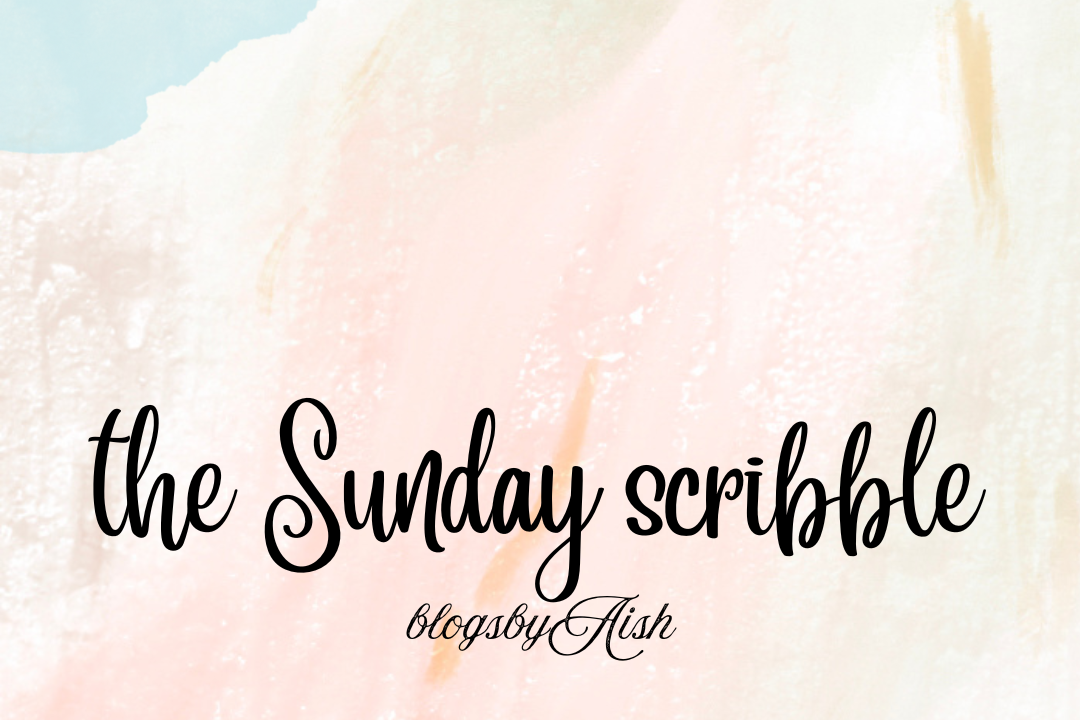In this blog, we will explore the various types of paper used in art, their unique features, and how to choose the perfect paper for your artistic needs.
When it comes to art, paper is more than just a surface it plays a critical role in the quality, texture, and longevity of your artwork. Whether you’re sketching, painting, or experimenting with mixed media, choosing the right type of paper can elevate your creative expression.
🖌️ 1. Drawing Paper
Best For: Pencil, charcoal, graphite, colored pencils, ink
Drawing paper is a general-purpose paper designed for dry media. It comes in various weights and textures:
- Weight: Ranges from 130 gsm to165 gsm
- Texture: Smooth (hot press) or lightly textured (cold press)
- Uses: Sketching, detailed drawings, light ink work
🎨 2. Watercolor Paper
Best For: Watercolors, gouache, ink washes
Watercolor paper is specially made to hold water without buckling. It is typically made from 100% cotton or wood pulp and comes in three textures:
- Hot Press (HP): Smooth surface, good for fine detail
- Cold Press (NOT): Slightly textured, versatile
- Rough: Heavily textured, adds expressive marks
Weight Options:
- 190 gsm – thinner, may warp
- 300 gsm – standard for most watercolor work
- 640 gsm – professional grade, no stretching needed
✍️ 3. Bristol Paper
Best For: Pen and ink, markers, colored pencil, graphite
Bristol paper is a high-quality, smooth and thick paper that’s ideal for crisp lines and clean edges.
- Types:
- Smooth (Plate): Great for technical drawing and ink
- Vellum: Slightly more tooth, better for dry media
Weight: Typically, around 270 gsm or more
Ideal For: Comic art, illustrations, calligraphy, marker art
🖍️ 4. Mixed Media Paper
Best For: Combining wet and dry media
Mixed media paper is a versatile option that allows you to experiment with different techniques on one surface.
- Weight: Usually 160–300 gsm
- Texture: Slight tooth, not too rough
- Use: Works well with watercolor, ink, pencil, charcoal, and light acrylic
🖼️ 5. Pastel Paper
Best For: Soft pastels, oil pastels, charcoal
Pastel paper has a unique texture designed to grip the chalky material of pastels.
- Texture: Highly textured (tooth) for better pigment hold
- Colors: Often comes in various shades for background contrast
- Types: Laid paper (machine-made) or sanded paper (for more layering)
6. Canvas Paper
Best For: Acrylic painting, oil painting
Canvas paper mimics the feel of real canvas but is more affordable and portable.
- Surface: Textured to simulate canvas
- Use: Great for practice or studies before working on stretched canvas
- Weight: Heavier than watercolor paper (often over 350 gsm)
🧪 7. Printmaking Paper
Best For: Etching, block printing, screen printing
Made to withstand pressure from printing presses and absorb ink well without tearing.
- Surface: Soft and strong with a slight texture
- Composition: Often 100% cotton or rag-based
- Features: High absorbency, durability, large sheet sizes
🧵 8. Handmade & Specialty Papers
Best For: Collage, bookmaking, fine art, calligraphy
These papers are crafted using traditional methods and often incorporate natural fibres.
- Features:
- Unique textures and deckle edges
- Eco-friendly and archival quality
- Comes in vibrant colors and patterns
🧠 How to Choose the Right Art Paper:
| Medium | Recommended Paper | Texture | Weight |
| Pencil/Graphite | Drawing or Bristol (Vellum) | Light tooth | 130–160 gsm |
| Watercolor | Watercolor paper | Cold press or rough | 300–640 gsm |
| Ink | Bristol (Smooth) | Smooth | 270–300 gsm |
| Acrylic | Canvas paper | Textured | 350+ gsm |
| Pastel | Pastel or sanded paper | Heavy tooth | Varies |
| Mixed Media | Mixed media paper | Light texture | 160–300 gsm |
Next time you are browsing your local art store or filling your online cart, take a moment to think about your art style, preferred media, and desired outcome and let the right paper support your creativity.
blogsbyAish
